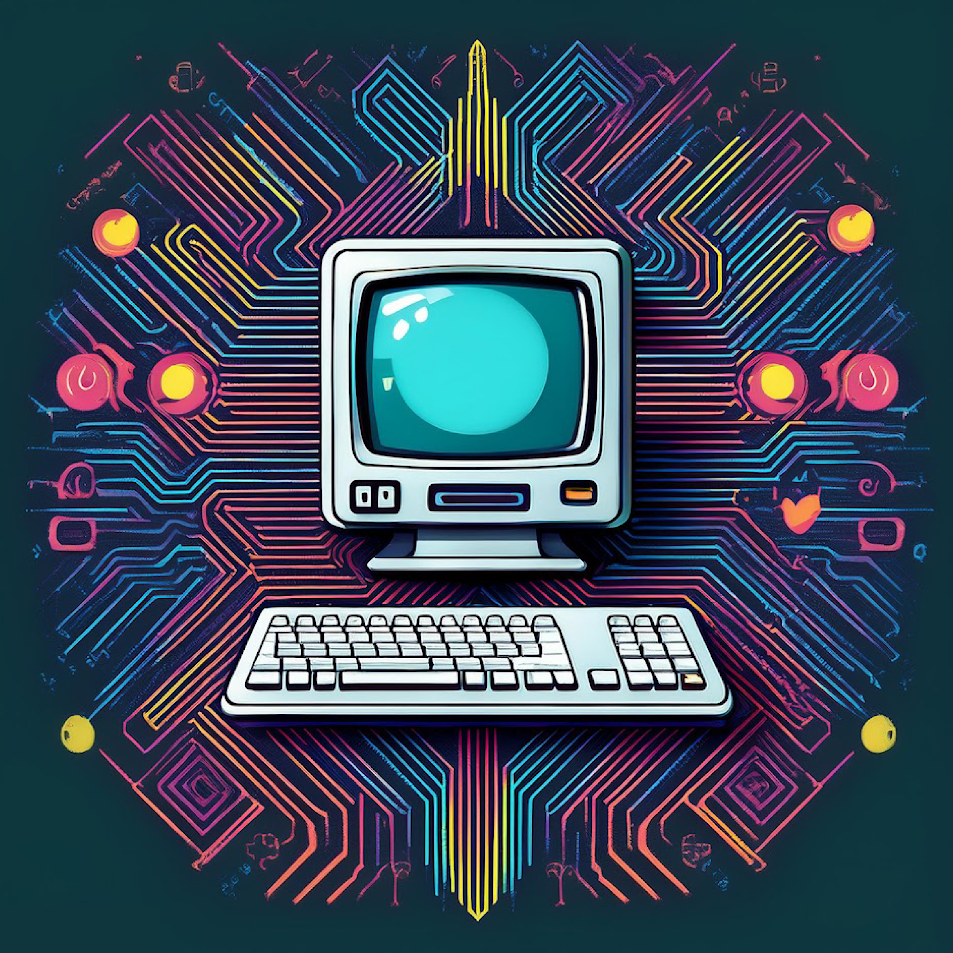Published on: October 2, 2024 | 5 minute read
The Birth of Unix signifies a critical turning point in the computing landscape. It established the groundwork for operating systems used today. Understanding this evolution reveals not just the history of Unix itself, but also the significant impact it has exerted on later systems such as Linux, macOS, and BSD.
Introduction: The Legacy
The birth of Unix in the late 1960s was a pivotal catalyst for a transformation. It was the result of past technologies that gave way for it to exist today. It was formed from a culture of innovation that has endured to the present. This blog post will explore the origins of Unix, its evolution, and the far-reaching implications of its development for the technology we use today. Although its initial creation was modest, the numerous branches of open-source and free software that sprung from it illustrate a narrative rich in collaboration, ingenuity, and enduring influence.
Unix' Origins and the Need for a New Operating System
Late 1960s. Computer systems were often large and cumbersome. Existing systems were typically proprietary, lacking the flexibility and user experience that many desired. This limitation prompted Ken Thompson, Dennis Ritchie, and a team at AT&T's Bell Labs to embark on a project that would ultimately lead to the creation of Unix. (Bell Labs: The Birth of Unix).
Initially, the aim was to construct a system that could facilitate programming while allowing multiple users to access resources simultaneously. The first version of Unix emerged in 1969, introducing a couple of revolutionary concepts such as:
- The hierarchical file system
- The command-line interface
The New Paradigm
The Birth of a New Paradigm
The Birth of Unix. was not just a matter of developing an operating system; it was really about establishing a new paradigm in the realm of software development. Unix placed a strong emphasis on simplicity and modularity. This particular approach enabled developers to construct small, single-purpose programs that could be easily integrated, a notion that resonated throughout the software community and continues to influence modern software engineering practices. (History of Unix).
The Rise of Open Source
As Unix started to gain traction, its creators (recognized) the potential for wider collaboration. In 1973, they decided to rewrite Unix in the C programming language: this made it simpler to port the operating system to various hardware platforms. This decision not only facilitated the growth of Unix but also established the foundation for the open-source movement. The source code for Unix was eventually made available to universities and research institutions, encouraging a community of developers to experiment and contribute. This, in turn, laid the groundwork for the development of several other operating systems, including BSD and, later, Linux. However, the implications of this decision were far-reaching because it fostered innovation across the field. Although challenges arose, the collaborative spirit remained strong, shaping the future of computing.
The Evolution of Unix-like Systems
Unix Branches: BSD and Linux
The impact of Unix is evident in the evolution of BSD (Berkeley Software Distribution) during the late 1970s and early 1980s.BSD incorporated features like virtual memory and networking capabilities; this further enhanced the functionality of Unix. However, in 1991, Linus Torvalds unveiled the initial version of the Linux kernel. Although Linux was not a direct offshoot of Unix, it was profoundly influenced by Unix concepts and philosophies. As Linux gained traction, it ushered in a new era of open source and free software —leading to the emergence of various distributions that continue to prosper today. Because of these developments, the landscape of computing has been irrevocably altered.
The Impact on Modern Operating Systems
The principles. established by Unix have not only influenced Linux; they also extend their reach into commercial operating systems like macOS.
Built on a Unix foundation, macOS inherits the robustness and multi-user capabilities of Unix. The legacy of Unix continues to be felt in various domains, including cloud computing, server management, and many other facets of modern technology. Although some may argue that these influences are diminishing, this impact is still significant.
The Community and Culture
A Culture of Collaboration
The developers and users of Unix created a collaborative culture: this encouraged the sharing of knowledge and resources. Although this ethos has persisted in the open-source movement, programmers contribute to projects without the expectation of monetary compensation. Many find personal fulfillment in their contributions, but it raises questions about value and recognition. However, the dynamic nature of the Unix community continues to thrive, influencing technology and culture in profound ways.
Key Technologies and Innovations
Security and Permissions
The security model of Unix (which emerged decades ago) established a significant precedent. Users and groups were granted permissions that governed access to files and commands; this laid the groundwork for contemporary security practices in computing. However, the impact of these early decisions is still felt today. Although the model was simple, it was effective.
Conclusion: The Lasting Legacy
The birth of Unix represented a technical accomplishment; it ushered in a novel epoch in operating systems and new technology. Its impact can be observed in contemporary systems—such as Linux and macOS—along with numerous open-source initiatives that flourish today. Understanding the history of Unix not only highlights the accomplishments of its creators but also sheds light on the continuous effects of their work in the domain of free software. Although many may overlook its significance, the threads connecting Unix to modern technology are undeniably strong, because they reveal a narrative of innovation and collaboration.

